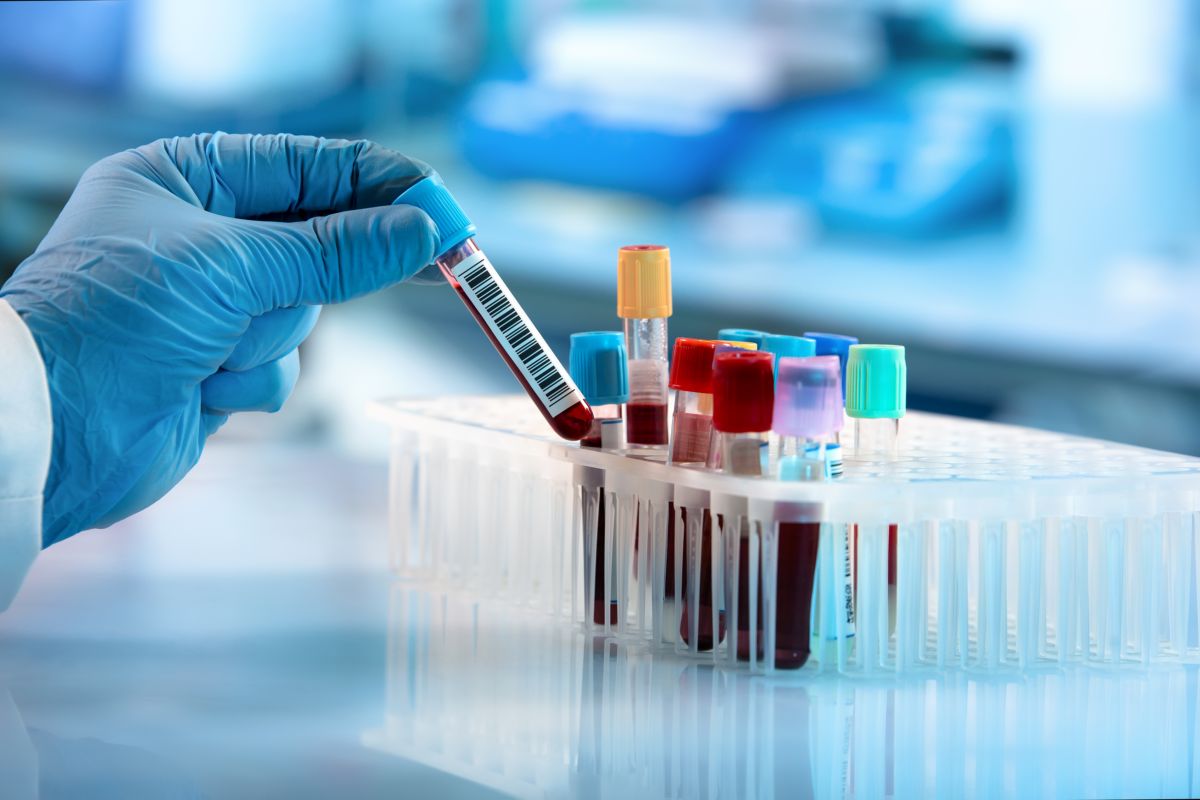Health
Blood tests and test tubes: that’s what the various colors correspond to

The tubes where the blood samples are stored have specific colors. Let's find out what they are and what they mean.
When it comes to blood tests there are many things that go unnoticed but which are part of the whole process that leads the liquid taken to be analyzed and finally lead to the laboratory results. In the global gear, even the tubes in which blood is stored have an important role which is indicated by their colours. The caps, in fact, not only serve to close the test tubes but also provide useful information about their contents. Information that is essential for health professionals and for those who carry out the sampling but which can also be interesting for the most curious. Let's find out, therefore, which are the most common colors and how to distinguish the various test tubes from each other.
What you need to know about blood tubes
There are various types of tubes on the market. However, in order not to muddy the waters too much, the colors of the spouts are usually standard. Each coloration can indicate several things such as the presence of a fixative, an anticoagulant or an empty tube. In some cases, however, there may be differences. For this reason, staff should always check any instructions so as not to make a mistake.

Blue or light blue test tubes
In general, the blue or light blue test tubes contain sodium citrate, which is an anticoagulant useful for carrying out tests such as that of D-Dimer. These can also be used to control coagulation factors, coagulative protein C, antithrombin, etc…
Purple test tubes
These often have a chelating agent and are used for blood tests or genetic tests. They can also be used to look for certain viruses such as HIV and inflammation indices. To these tests are added the blood count, the ESR, the cross-links and the amino acids.
Green test tubes
These tubes contain lithium and can only be used to detect the presence of metals in the blood, cardiac markers or other factors. On the contrary, they are never good for blood counts. Yellow test tubes with gel and long test tubes of various colors When it comes to serology, the colors increase. There are yellow tubes with gel and so-called long tubes with beige, red or blue caps.
As already mentioned, they are used for serological examinations and therefore concern hormones, infections and allergens.
Quantiferon tubes
This type of test tube is used to diagnose tuberculosis by checking lymphocytes. These are 4 test tubes of different types and in yellow, grey, red and purple colours.
Obviously, there are many things to know about test tubes. Nonetheless, understanding its colors can help you get a basic idea of why blood is always split into different tubes even if they are not completely full.
Riproduzione riservata © - WT











